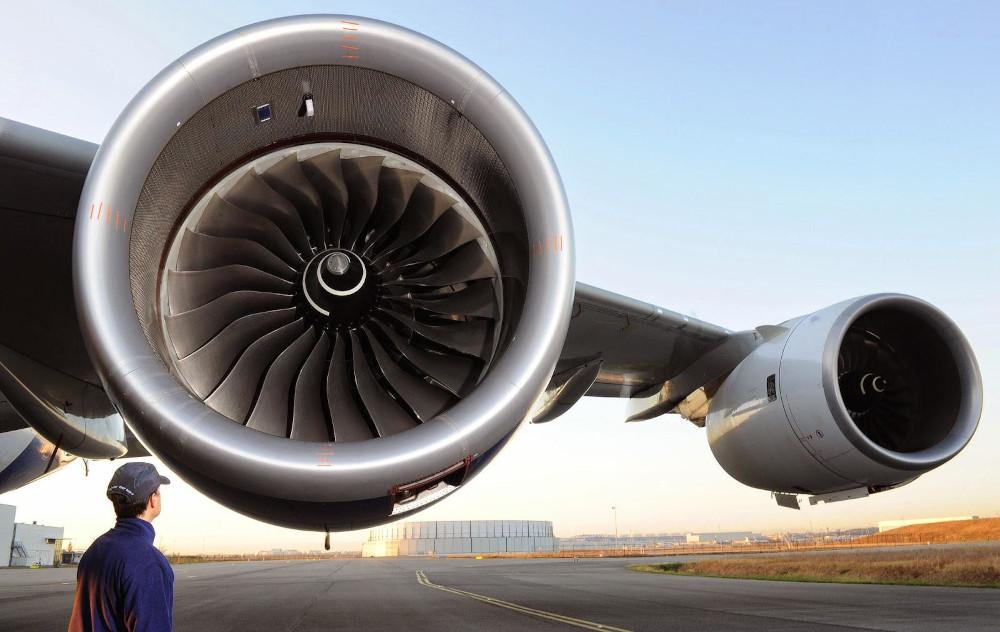
The company noted international travel re-opening as a factor for the performance of its Civil Aerospace division, which includes aftermarket services.
Rolls-Royce saw overall engine shop visits increase by 10% in 2022 and expects a further climb this year as the civil aerospace market further picks up post-COVID.
In full-year financial results for 2022 unveiled on Thursday (Feb. 23), the British engine maker reported total shop visits last year numbered 1,044 versus 953 in 2021. There were 248 large engine major shop visits, comprised of Trent engines, in 2022 versus 208 visits two years ago.
“For 2023 we expect between 1,200 and 1,300 total shop visits with a step up in large engine shop visits as higher-flying hours activity converts into increased demand for aftermarket services,” says Panos Kakoullis, Rolls-Royce’s chief financial officer.
Full group revenue increased by 14% to £12.7 billion ($10.5 billion), with operating profit increasing by £197 million to £652 million. Civil aerospace revenue, comprised of manufacturing and services divisions, was up 25% prior year to £5.7 billion, with revenues from its services business up 26% for the year. In comparison, its power systems business saw revenues grow 23% while its defense unit grew revenues by a more modest 2%.
The company noted international travel reopening as a factor for the performance of its civil aerospace division, which includes commercial aftermarket services. The business saw revenue growth of 26% last year, and large engine flying hours in civil aerospace grew by 35% year on year by the end of 2022, standing at 65% of pre-pandemic levels of 2019.
Further improvement occurred in January with Rolls-Royce’s commercial flying hours standing at 79% in that month, with the reopening of China’s aviation market cited as a contributing factor. The engine OEM expects flying hours to stand at 80-85% of 2019 levels this year.
Despite the overall sluggish recovery of the commercial widebody engine market over the past two years, the company has sought to ready its aftermarket network for a post-COVID recovery. Last September, it announced the Beijing Aero Engine Services Company joint venture with Air China to establish an engine overhaul facility in Beijing that will eventually support up to 250 Trent engine shop visits per year.
The company reported a higher than usual delivery of 44 large spare engines—eight more than the prior year and representing 23% of total deliveries. This is higher than the usual 10-15% to build a spare engine pool to underpin fleet health and improve resilience ahead of the anticipated increase in shop visits. “We expect spare engine volumes to remain at a similar level overall in 2023 and 2024,” Kakoullis says.
The drivers of these, according to Kakoullis, were three factors: an increase in long-term contracts margins in civil aerospace; increased profits from spare engine sales in civil aerospace and revenue growth in the power systems business. However, these positive factors were offset by several negative ones, including inflation impacts across the supply chain.





